To start a vegetable garden, the first useful month in which you start planting is February. It is in this period, in fact, that the first spring plants are planted. We have already told you about the activities of sowing this monthdistinguishing between the techniques of direct sowing and those in seedbed.
In this article we instead devote our attention to direct transplants, that is, those that are done using seedlings purchased in the nursery or in agricultural shops.
Obviously not all vegetables are suitable for being planted in the open ground as early as February. At night it is still very cold, in fact, and it could also be difficult to work the land due to rain. But there are some crops that better than others lend themselves to being planted in this period, preferably following the calendar of the moon. Let’s see what they are.
Plant the head vegetables in February
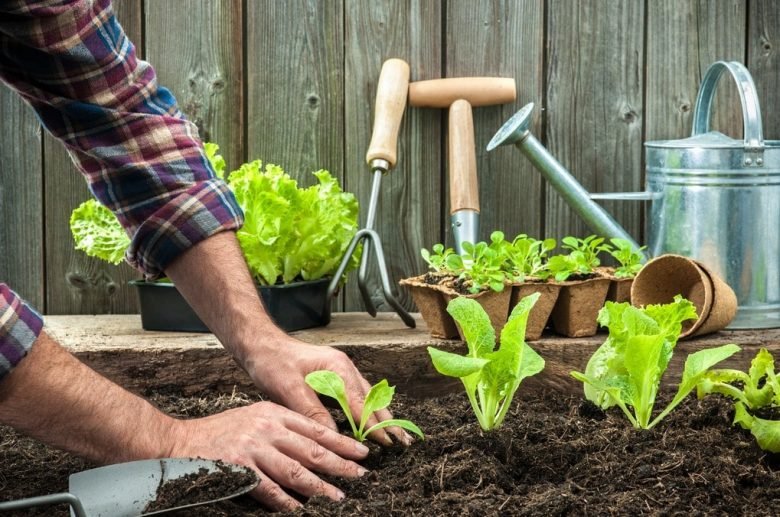
Vegetables that produce a head at the end of their cycle can be started with plant in February. Let’s talk about seedlings of: lettuce (both the most famous Roman and Canasta than the others different kindsthen iceberg, cappuccina, lollo, etc.), endive, curly endive, sugar loaf chicory, puntarella and catalonia, radish.
The seedlings of these vegetables are very resistant to low temperatures, and in fact they are also grown in autumn and winter.
The advantage of planting these vegetables in February is that you could do without irrigationas they have a short crop cycle and the coming spring is usually not lacking in rainfall.
Distances and transplant techniques
For an optimal transplant, it is necessary to leave the right space between one plant and the other. In fact, if too little is left, the head will grow with difficulty. Leaving too much space, however, is also a mistake, since, in the latter case, weeds are allowed to proliferate more easily.
The ideal distance is that of 20 cm along the row between one plant and the other and of 25-30 cm between the rows. By doing so, we optimize the spaces and allow the plant to grow in volume. Furthermore, we guarantee the possibility of carrying out, if necessary, the weeding work.
Another trick to planting well is not to let the aerial part of the seedling drop below the ground level. Basically, only cube (earthen bread) must be buried. In this way, on these vegetables, the risk of collar rot is avoided.
Plant the leafy vegetables in February
In February we can resume planting leafy vegetables in the garden. Indeed they can plant the beet seedlings, spinach, celery from the leaf and from the coast.
For spinach we can intensify the transplanting distances by bringing the plants to 10 cm in the row and 20 cm between the rows. With chard and celery the distances seen above must be maintained.
Again, in the February transplant, you can do without irrigation.
Planting leek onions in February
The early transplant in February can also be done for onions ei leeksi.e. bulbous plants of the botanical family of Liliaceae. Usually, however, this type of crop choice is made in the southern regions, where the climate in February is already quite mild. Elsewhere, it is better to wait for the arrival of spring, also considering that with the cold these plants grow very little.
The transplant distance is 10 cm in the row and 20 cm in the inter-row for the onions. For the leeks, on the other hand, we remain about 20 cm on the row while we leave 30-40 between the rows.
These plants have longer cycles than the previous ones, so prepare the irrigation system with the dripline it could come in handy as the warm season progresses.
Plant spring cabbage in February
Other interesting transplants that can be done in the garden in February are those of some varieties of cabbage, to be harvested in spring. In our opinion, the most suitable are: kale (or kale), broccoli cabbage (early varieties), cabbage And pak choi (or Chinese cabbage).
To know how to properly plant cabbage in the vegetable garden we advise you to read our dedicated in-depth study.
How to fertilize the garden before transplants in February
When we plant the garden in February, before starting the crops we must evaluate the conditions of our land. That same piece of land will certainly welcome other crop cycles throughout the year, so it is important that there is a good one humus supply in the soil. Therefore, if we have not fertilized in the previous months, it is better to do it before the beginning of the transplants in February. THE organic fertilizers that can be used in the garden are different, the choice depends above all on an availability factor. For example, if we have the mature manure or of home compost we can amend them for the soil, waiting at least 15 days before starting the transplants.
If you want to fertilize and then plant immediately afterwards, good options areearthworm humus and it pelleted manureas already strongly humified.

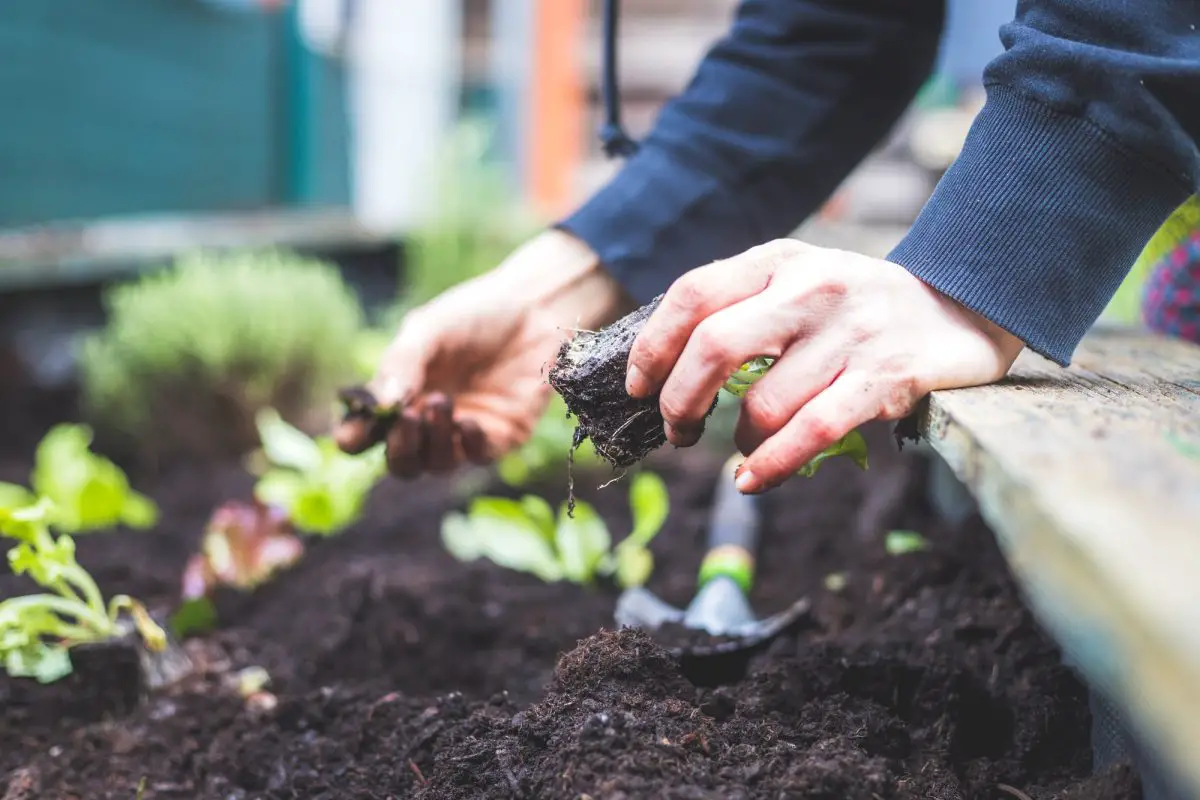
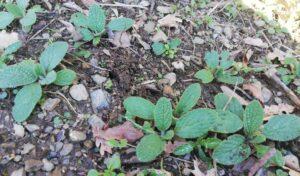
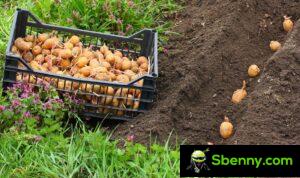

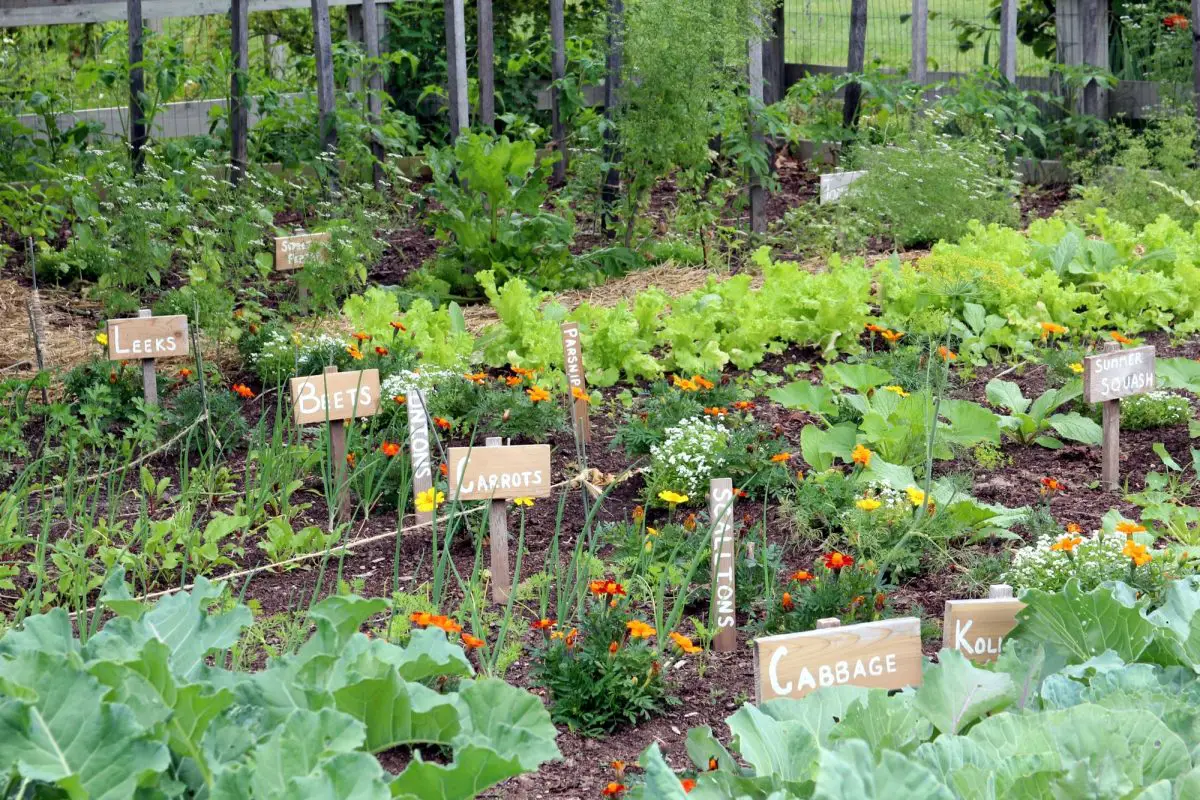
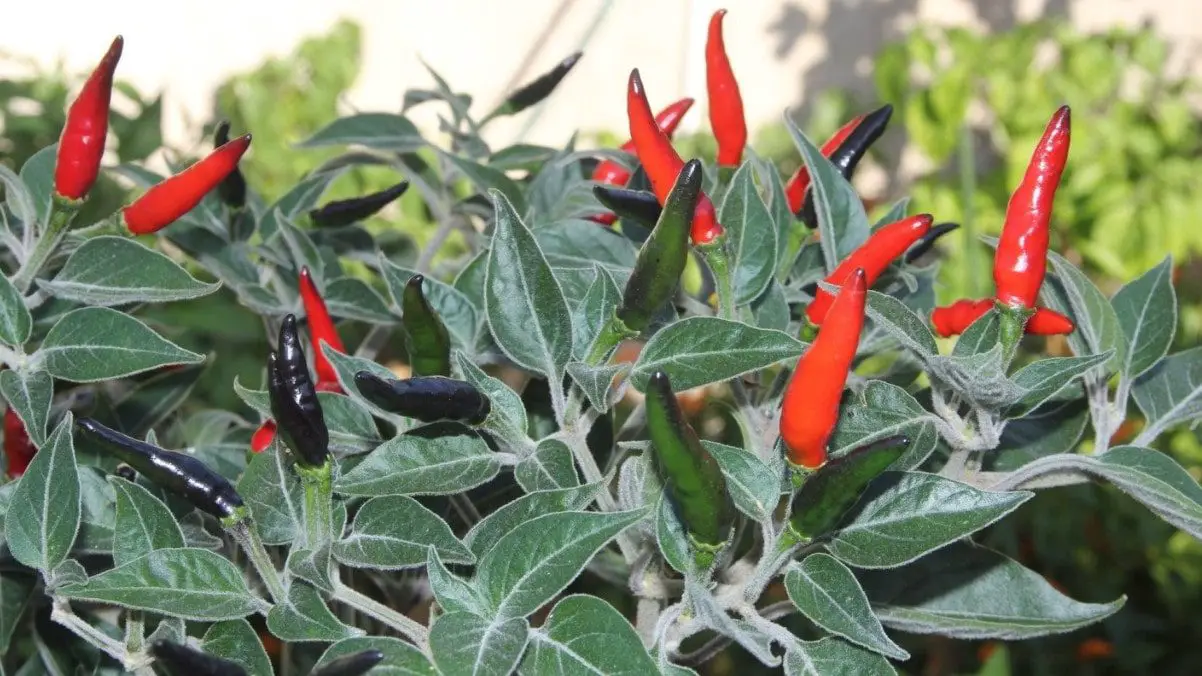
Start a new Thread